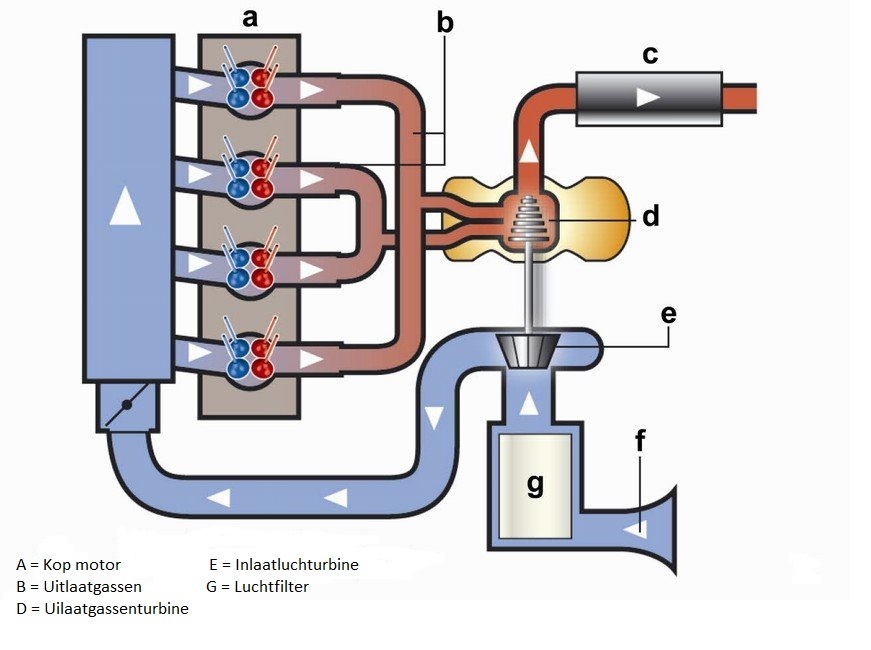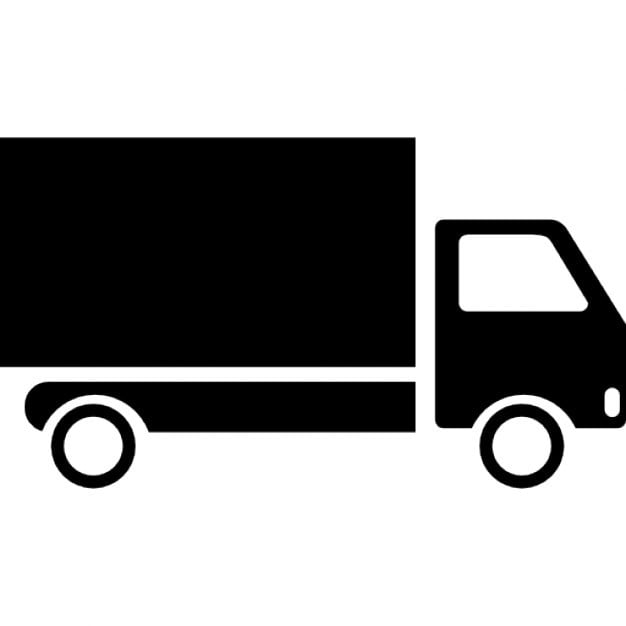This page has been translated with google translate, there may be errors in the stories.
To burn fuel you need fuel, heat and air. A turbo provides more air supply so that more diesel can be burned, so that more power can be extracted from the block. The turbo is driven by the fast-flowing exhaust gases that come out of the engine and are driven into the exhaust gas turbine, giving the paddle wheel enormous speeds. The turbine shaft drives a second impeller that drives the turbine for the intake air, this is the combustion air that enters the engine. The paddle wheel can easily make 90.00 to 100,000 revolutions, this contrasts with the speed of the motor. The fast-flowing intake air creates a lot of friction in the turbine housing. The intake air becomes hot and expands, so that fewer liters of air go to the engine. By cooling the air it shrinks again and more air can enter the engine, which increases the power. In order to be able to cool the air, a motor can be equipped with a charge air cooler. With sufficient speed of the turbo, the charge air is displaced at high speed and the molecules are compressed and the weight increases, at the same time the high air speed creates a negative pressure on site and a lot of fresh air is the result. The compressed intake air is thus pushed towards the intake valves of the engine and more kilos of air means a correct fuel-air ratio and more fuel can be burned. The gas can be used more with clean combustion and more power as a result. The turbo itself does not require maintenance, but it is important that the engine is regularly loaded properly, a ship engine that is not properly loaded will pollute and the turbo may break.







